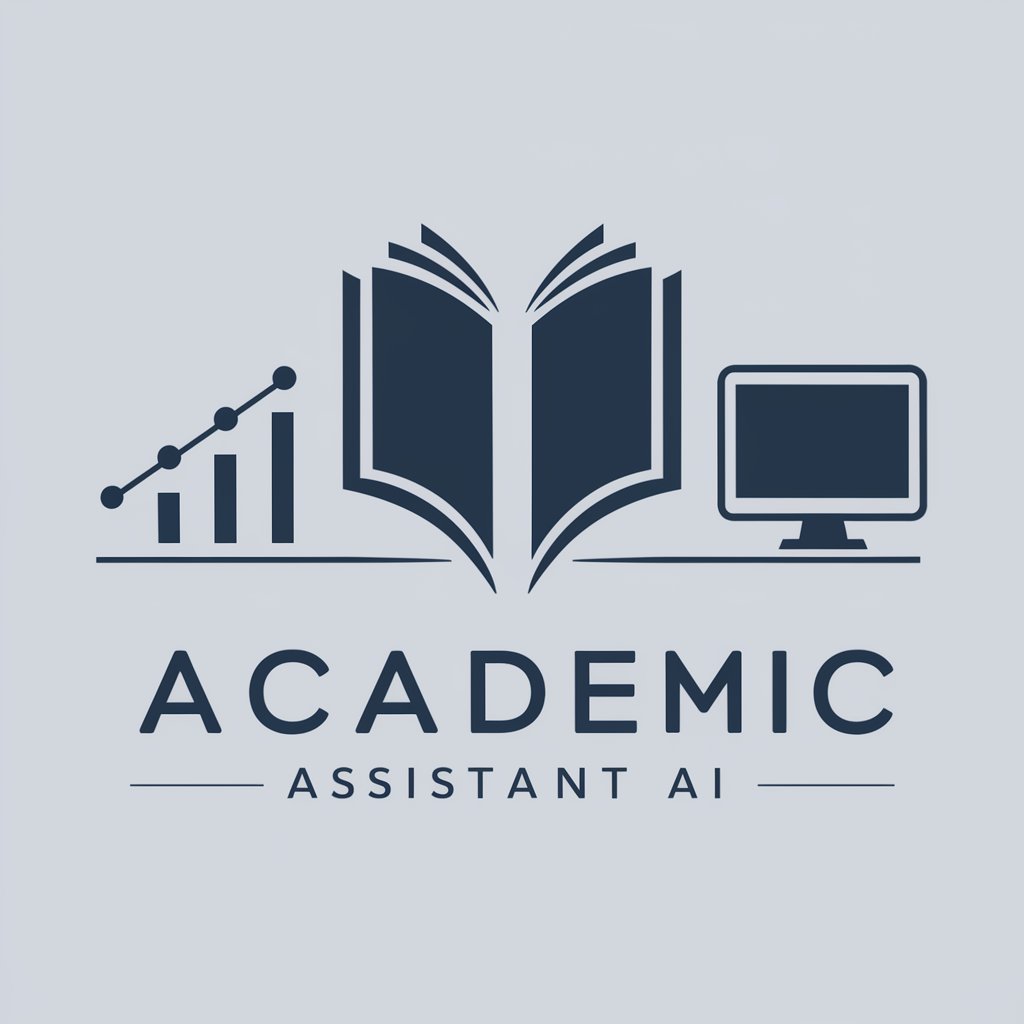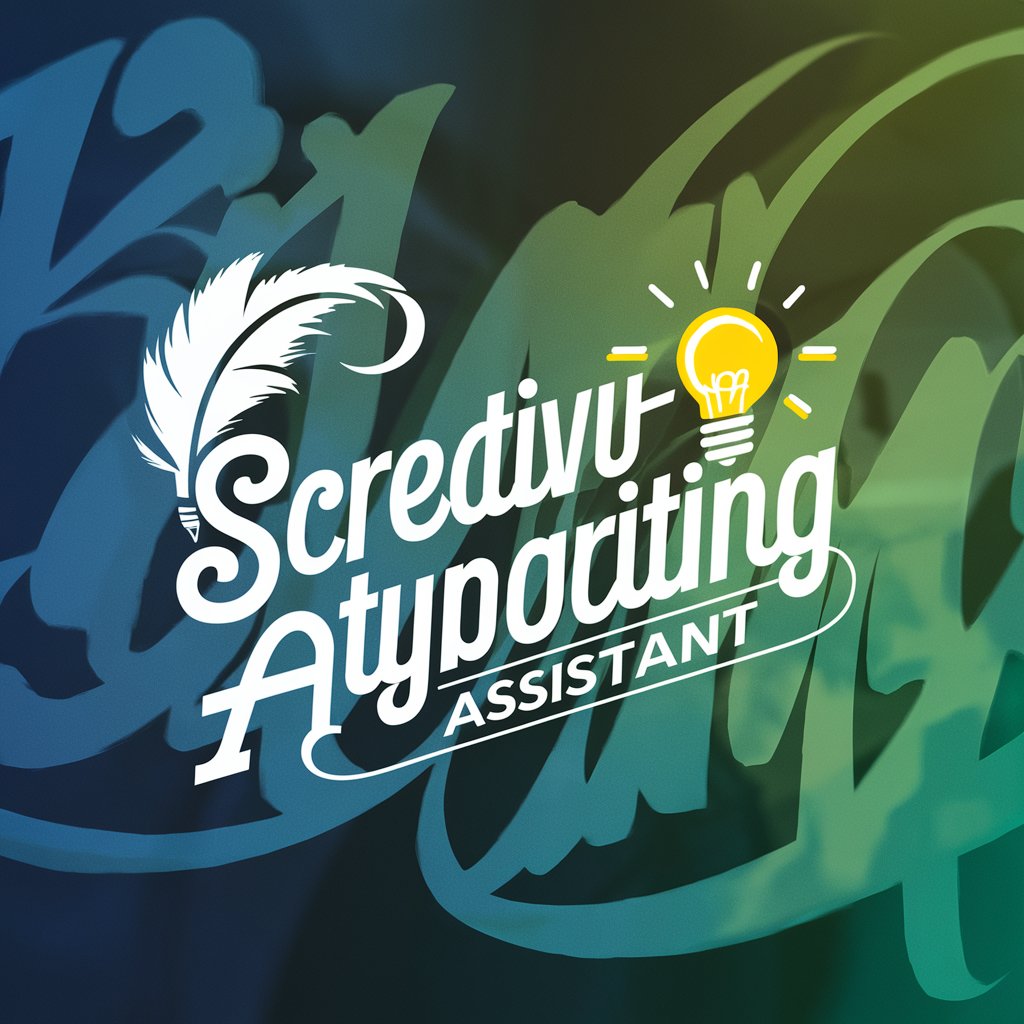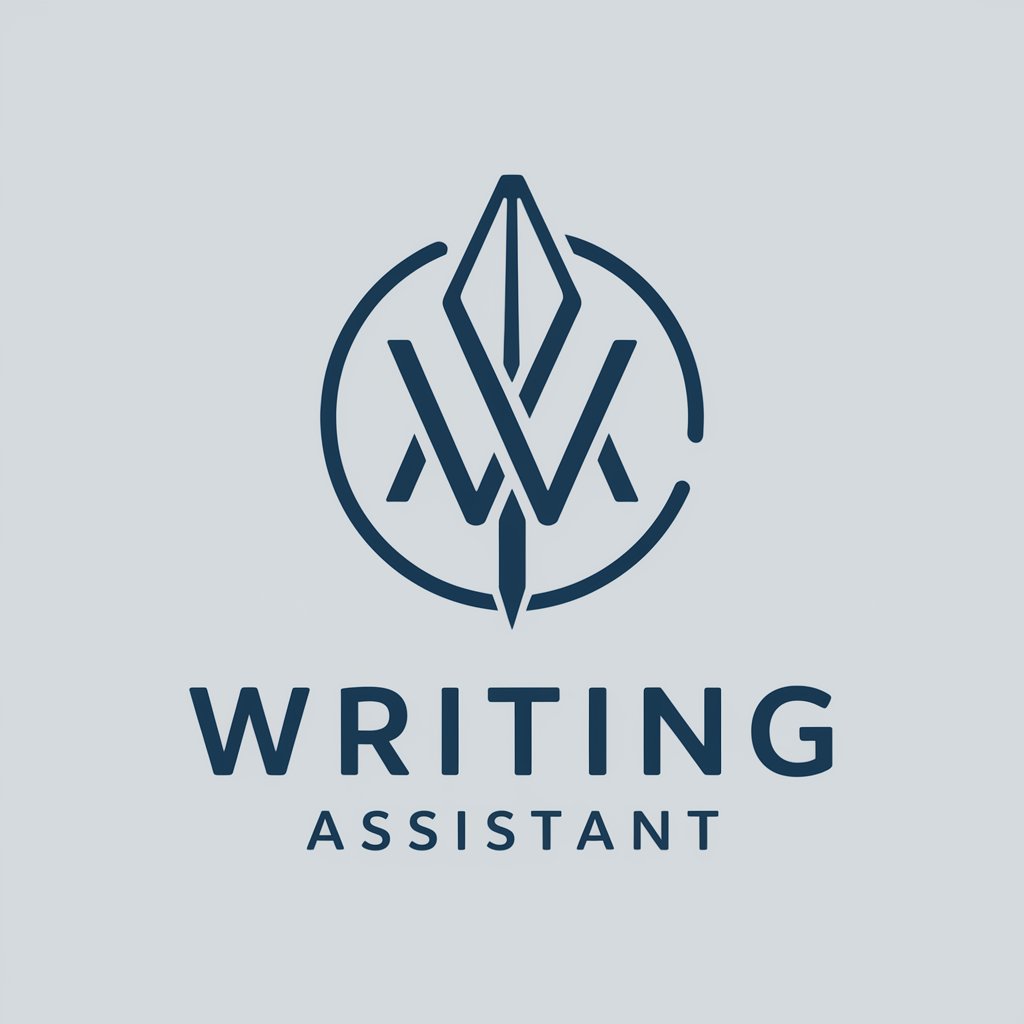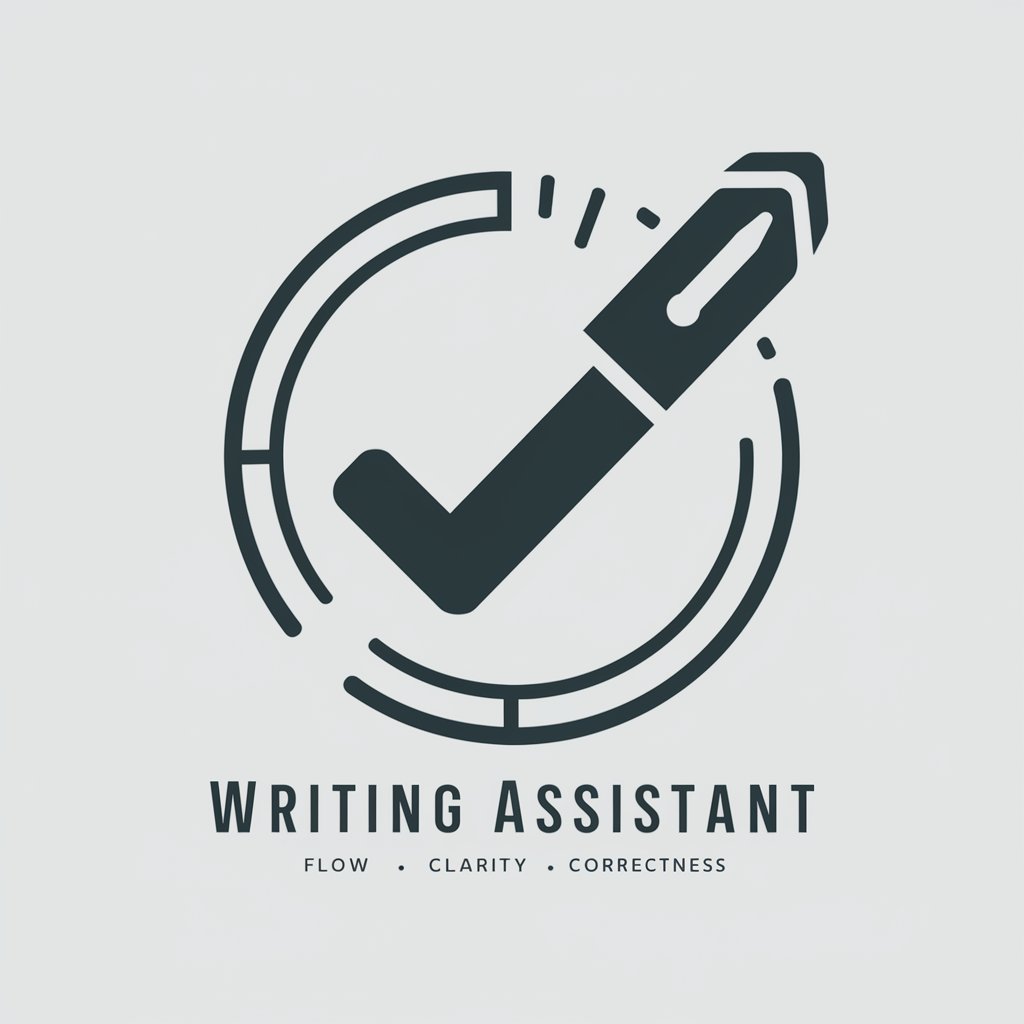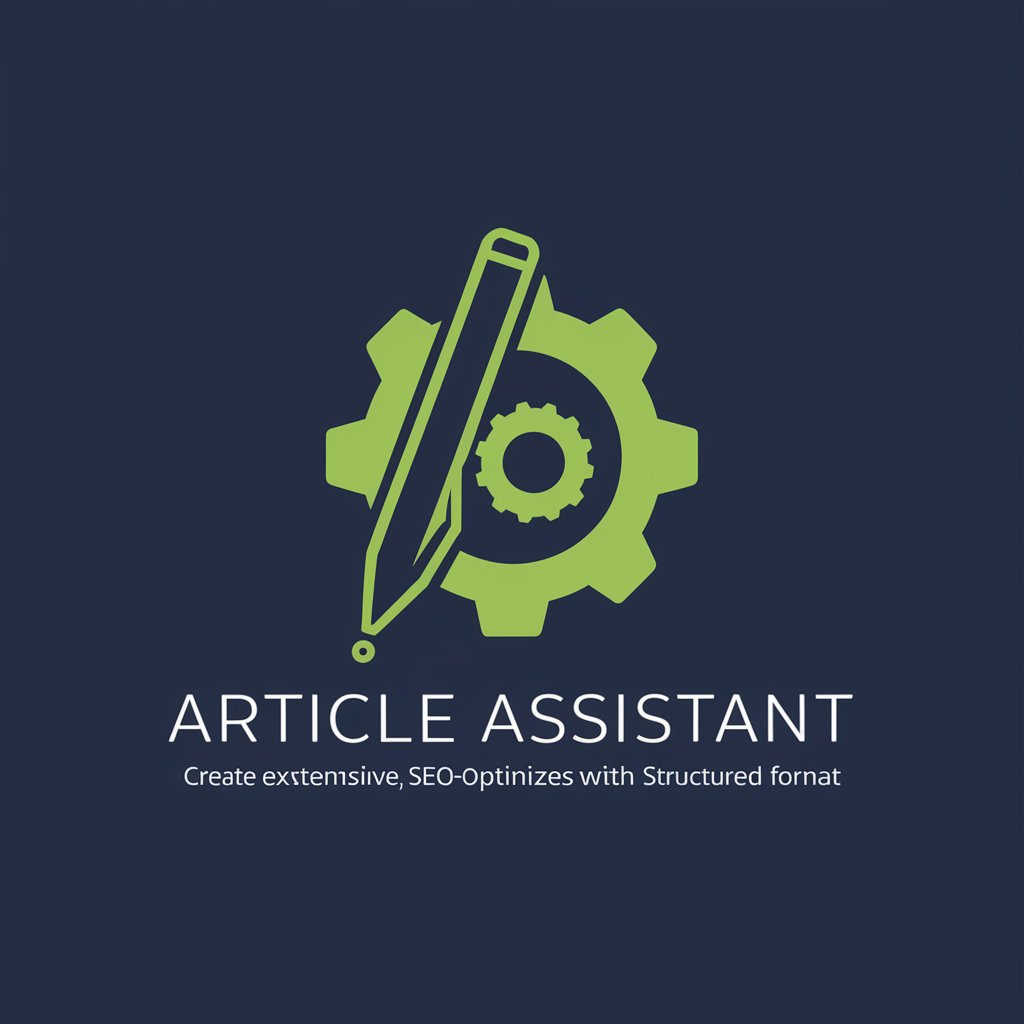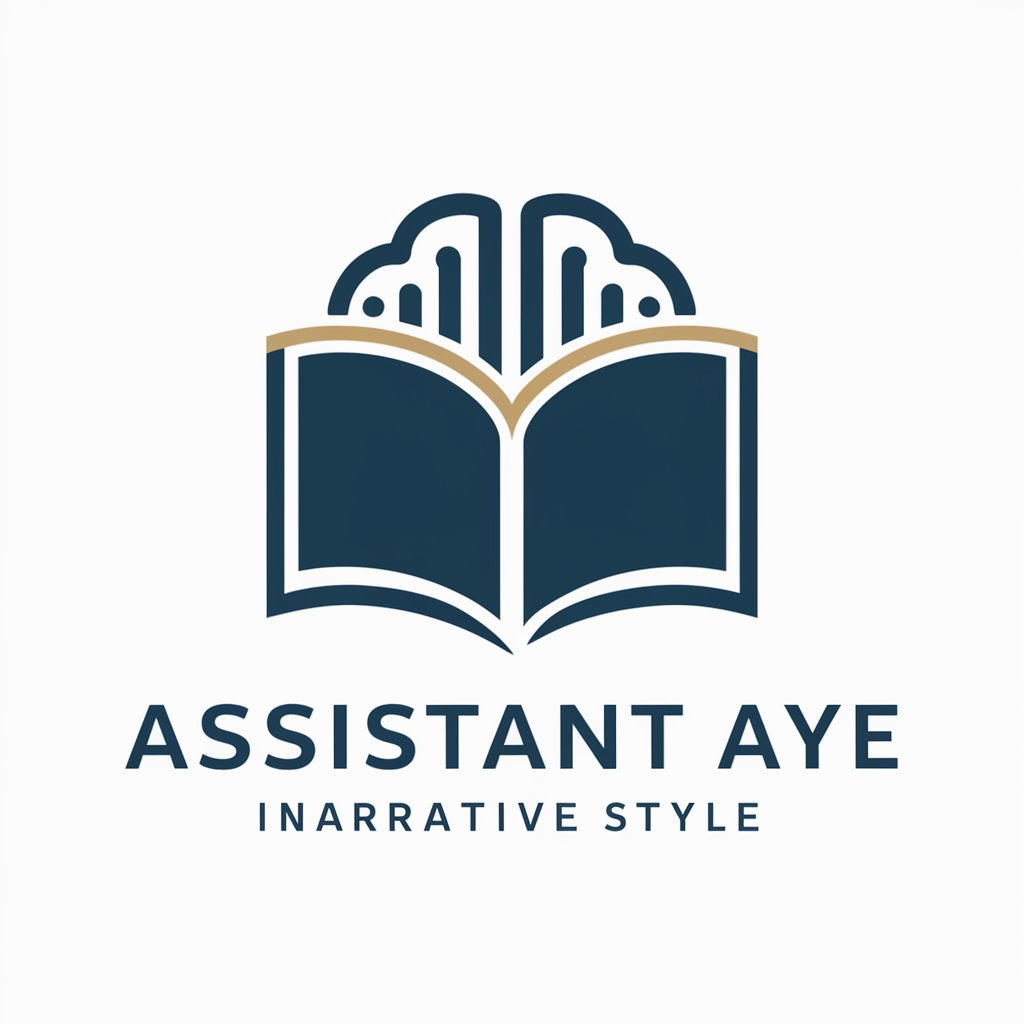
writing assistant - AI Writing Aid
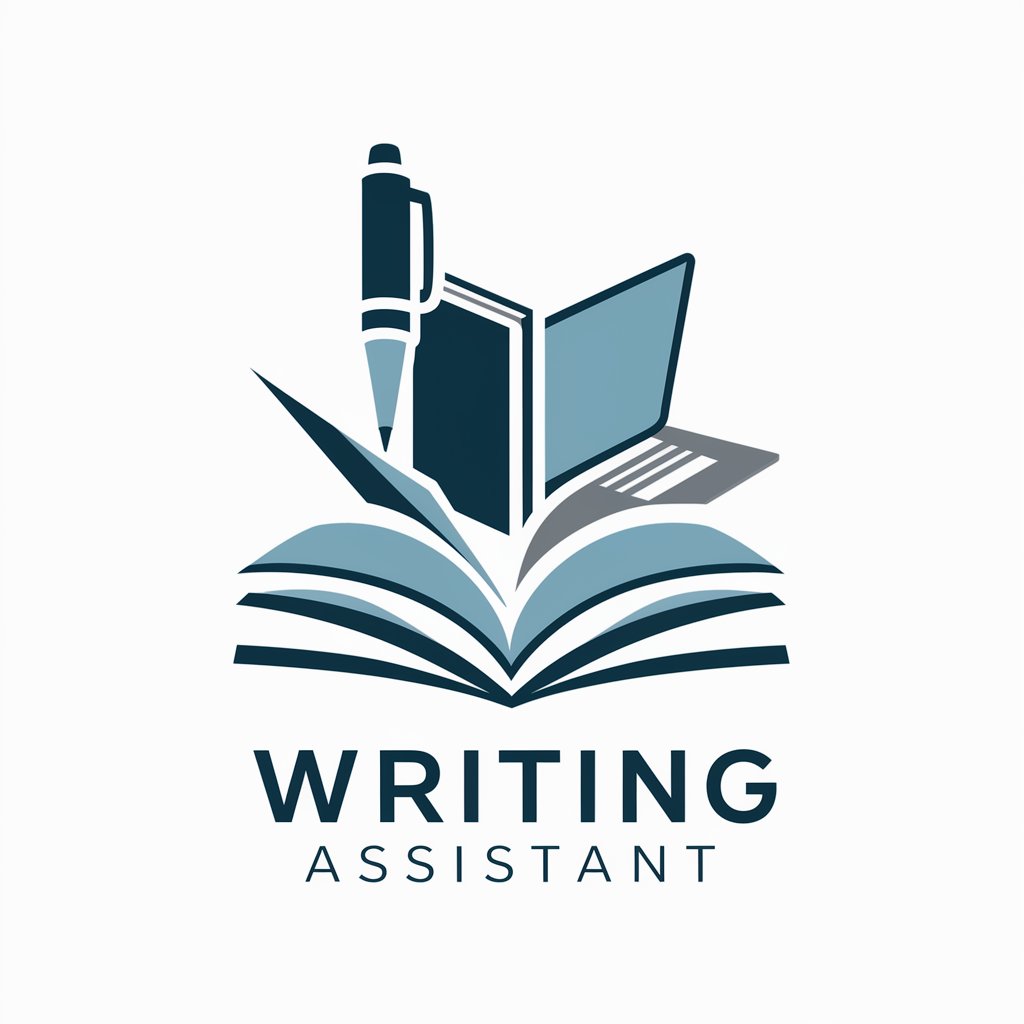
Hello, I'm here to help you with all your writing needs!
Empower Your Writing with AI
Write a short story where the protagonist discovers a hidden talent.
Describe a futuristic cityscape and the daily life of its inhabitants.
Create a dialogue between two characters who have conflicting goals.
Develop an outline for a non-fiction book about personal development.
Get Embed Code
Overview of Writing Assistant
Writing Assistant is designed as an AI-powered tool tailored to support individuals and professionals in various writing tasks. It harnesses advanced natural language processing capabilities to understand, generate, and refine text according to user requests. This versatile tool can assist in creating diverse forms of written content, ranging from creative stories and academic papers to business emails and technical documentation. For instance, it can generate first drafts based on brief descriptions, suggest alternatives to enhance clarity or style, and offer grammatical corrections. Additionally, Writing Assistant can help users overcome writer's block by providing prompts, continuing stories, or expanding on ideas. Its design is grounded in making writing more accessible, efficient, and enjoyable for a wide range of users. Powered by ChatGPT-4o。

Core Functions of Writing Assistant
Content Generation
Example
Generating an article outline based on a provided topic.
Scenario
A user requests help with starting an article about renewable energy sources. Writing Assistant provides a structured outline, including potential headings like 'Introduction to Renewable Energy', 'Types of Renewable Energy', and 'Future of Renewable Energy'.
Style and Tone Adjustment
Example
Adapting a piece of text to a more formal tone.
Scenario
A user inputs a casual draft of a business proposal. Writing Assistant revises the draft to suit a formal business context, adjusting phrases and sentence structures to reflect professionalism and clarity.
Grammar and Syntax Corrections
Example
Correcting grammatical errors in a blog post.
Scenario
A blogger uses Writing Assistant to review their post on lifestyle tips. The tool identifies and corrects grammatical mistakes, ensuring the final post is polished and readable.
Idea Generation and Expansion
Example
Providing creative prompts for story writing.
Scenario
An aspiring writer struggles with writer's block and seeks inspiration. Writing Assistant offers several creative prompts, sparking ideas for a new story or helping to develop an existing plot further.
Target User Groups for Writing Assistant
Writers and Authors
This group includes novelists, bloggers, screenwriters, and anyone engaged in creative writing. They benefit from Writing Assistant's capabilities in generating ideas, expanding narratives, and refining prose to enhance readability and engagement.
Students and Academics
Students writing essays, dissertations, or research papers can use Writing Assistant for structuring their arguments, ensuring grammatical accuracy, and avoiding plagiarism. Academics might find it useful for drafting research proposals, academic journal articles, and conference papers.
Professionals
Business professionals, including marketers, HR personnel, and managers, can leverage Writing Assistant to craft emails, reports, proposals, and presentations. It helps in maintaining the appropriate tone, ensuring clarity, and conveying complex information succinctly.
Non-native English Speakers
This group benefits from Writing Assistant's support in overcoming language barriers, improving English fluency in writing, and understanding nuances in grammar and style. It serves as a learning tool and a means to communicate more effectively in English.

How to Use Writing Assistant: A Step-by-Step Guide
Step 1
Start by visiting yeschat.ai to access a free trial of the Writing Assistant without the need for signing up or having a ChatGPT Plus subscription.
Step 2
Choose the specific writing task you need assistance with from the available options. This could range from academic writing, creative storytelling, to business communications.
Step 3
Input your writing prompt or specific question into the provided text field. Be as detailed as possible to receive the most accurate assistance.
Step 4
Review the generated content. Use the feedback and edit features to refine the output to your satisfaction.
Step 5
For optimal results, engage with the tool iteratively. Provide feedback on the generated outputs to improve accuracy and relevance to your writing tasks.
Try other advanced and practical GPTs
Task1 - Writing
Elevate Your Writing with AI

Turk-Dev
Empowering Development with AI Insights
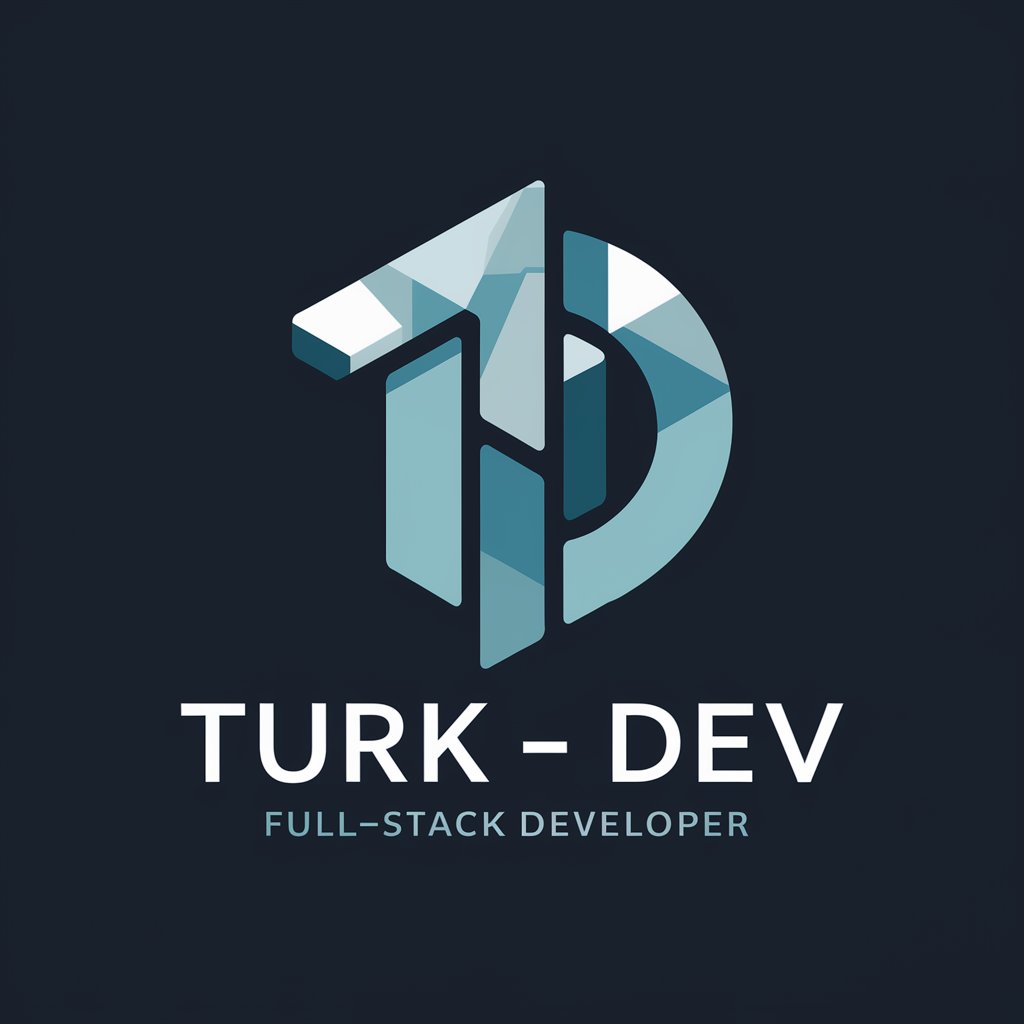
DEV Teacher
Empowering Education with AI

Svelte Dev
Empowering development with AI-driven insights
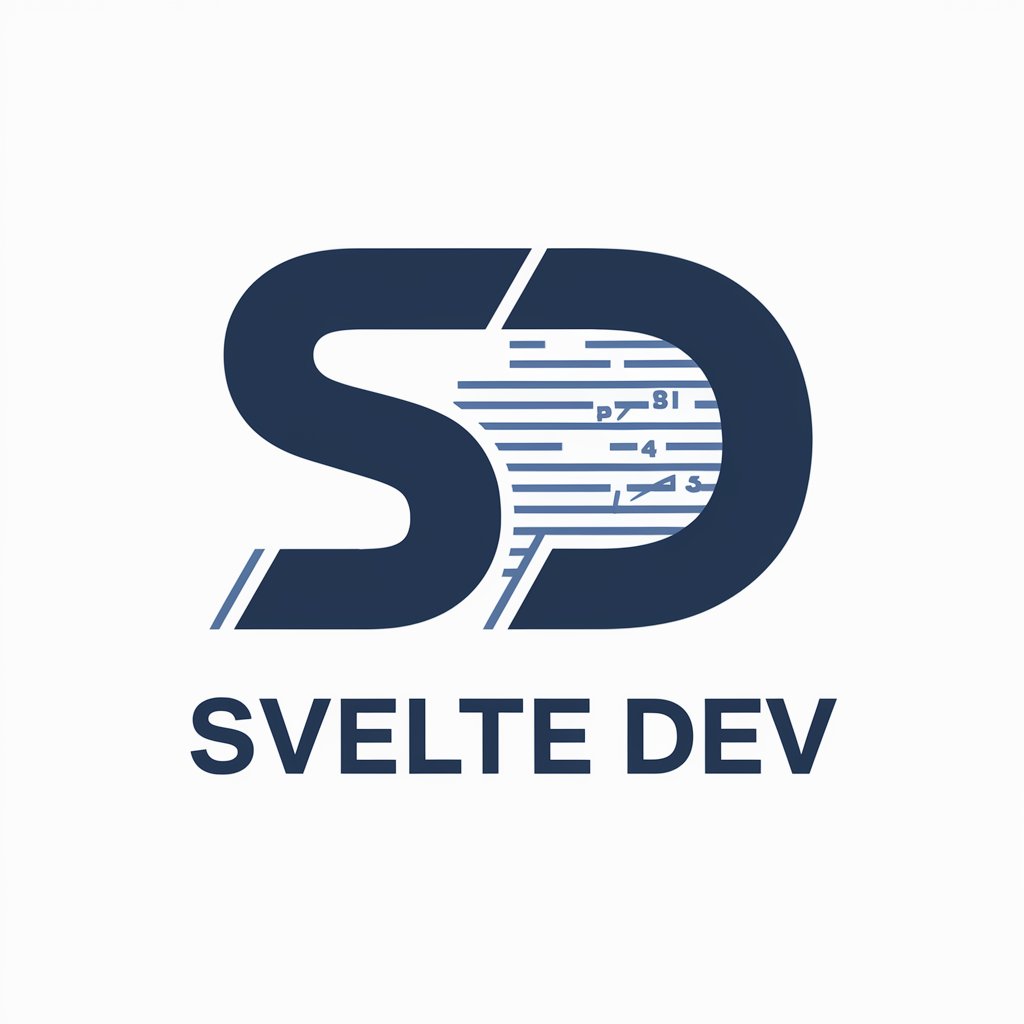
Bootstrap 5 Assistant
AI-powered Bootstrap 5 expertise at your fingertips.
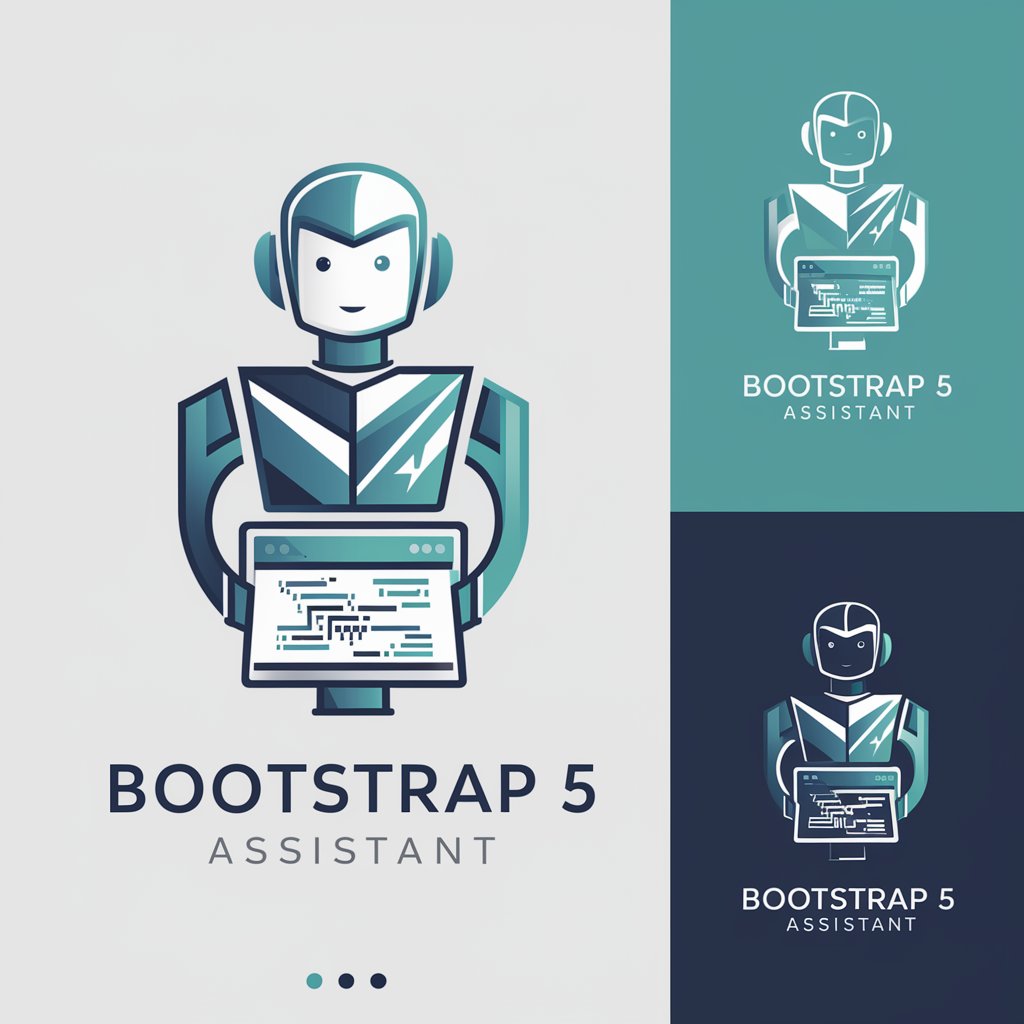
CChatGPT-5
Empowering creativity with AI
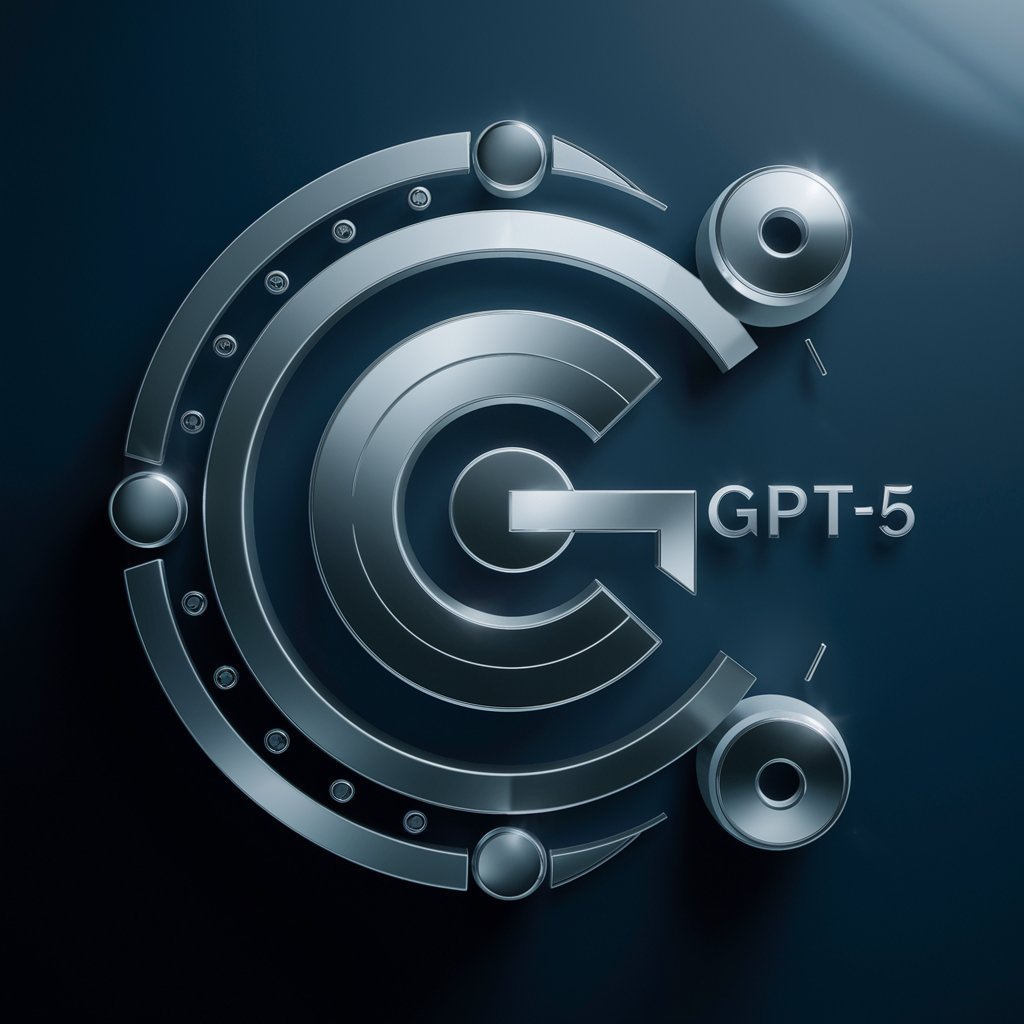
Writing Wizard
Elevating Academic Writing with AI
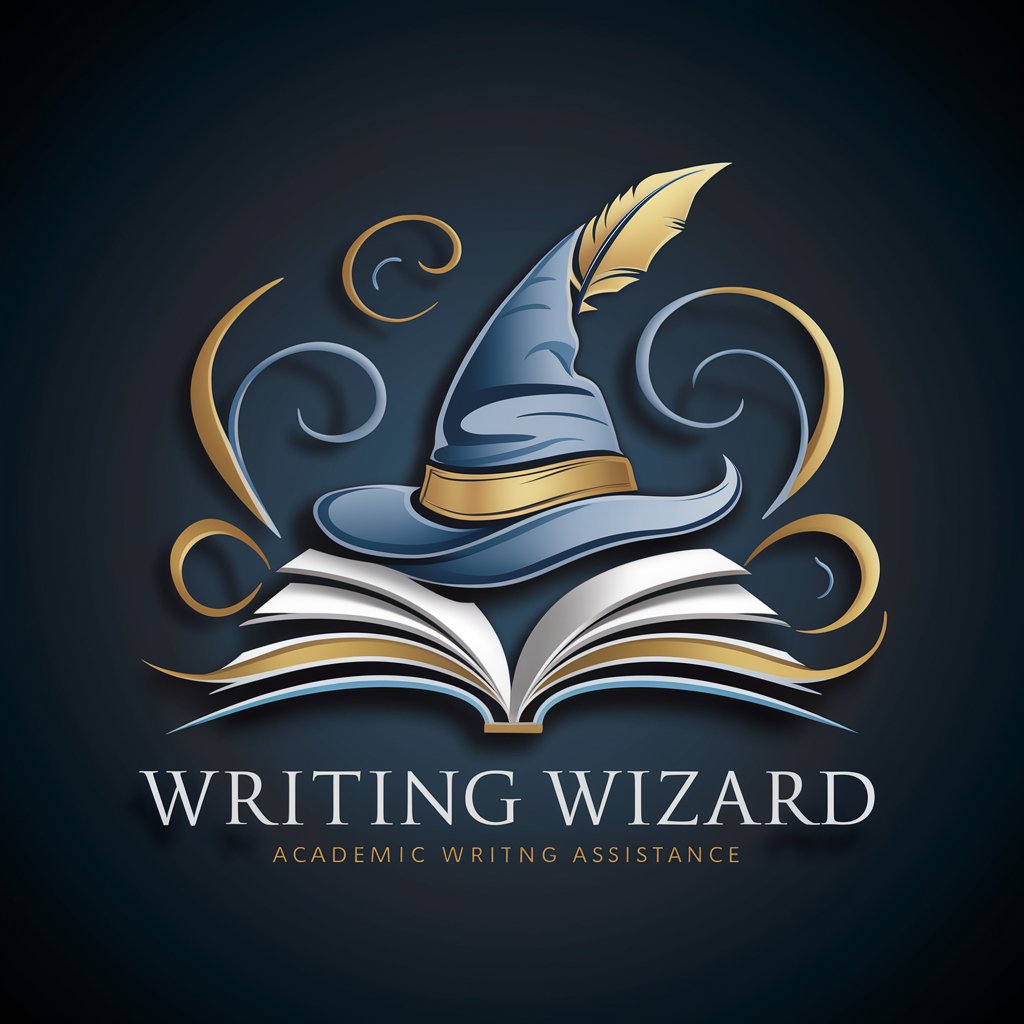
Writing Helper
Empower Your Words with AI
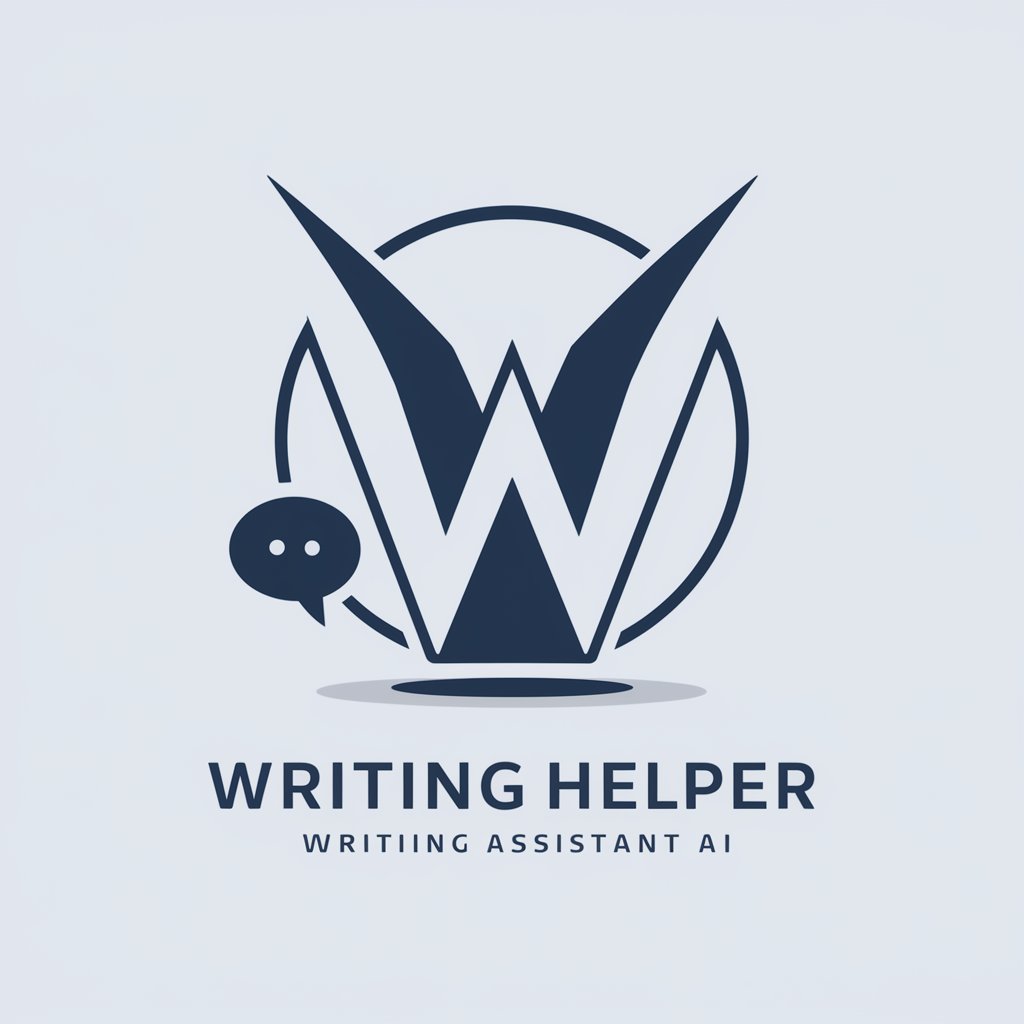
VideoGPT
Empowering Your Storytelling with AI
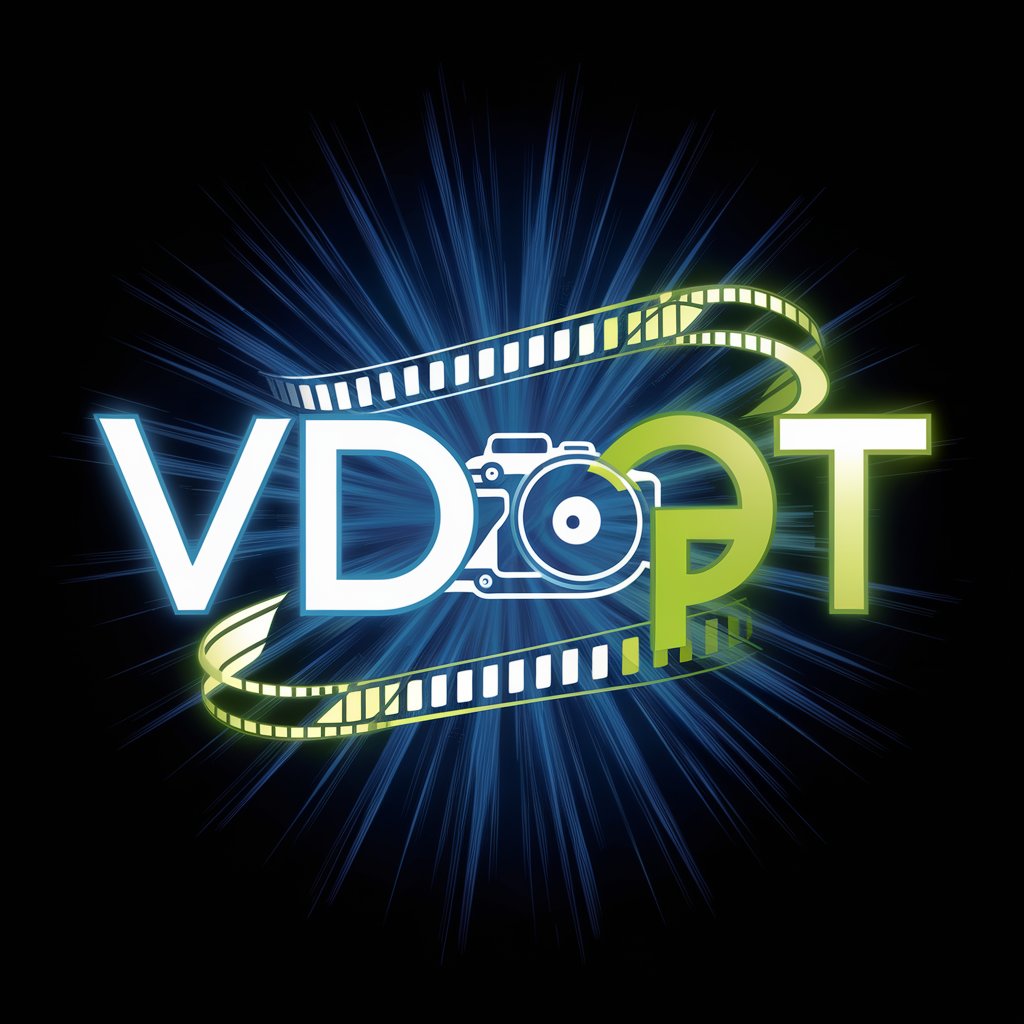
videoGPT by Vozo
Inspiring Creativity, Simplifying Video Making
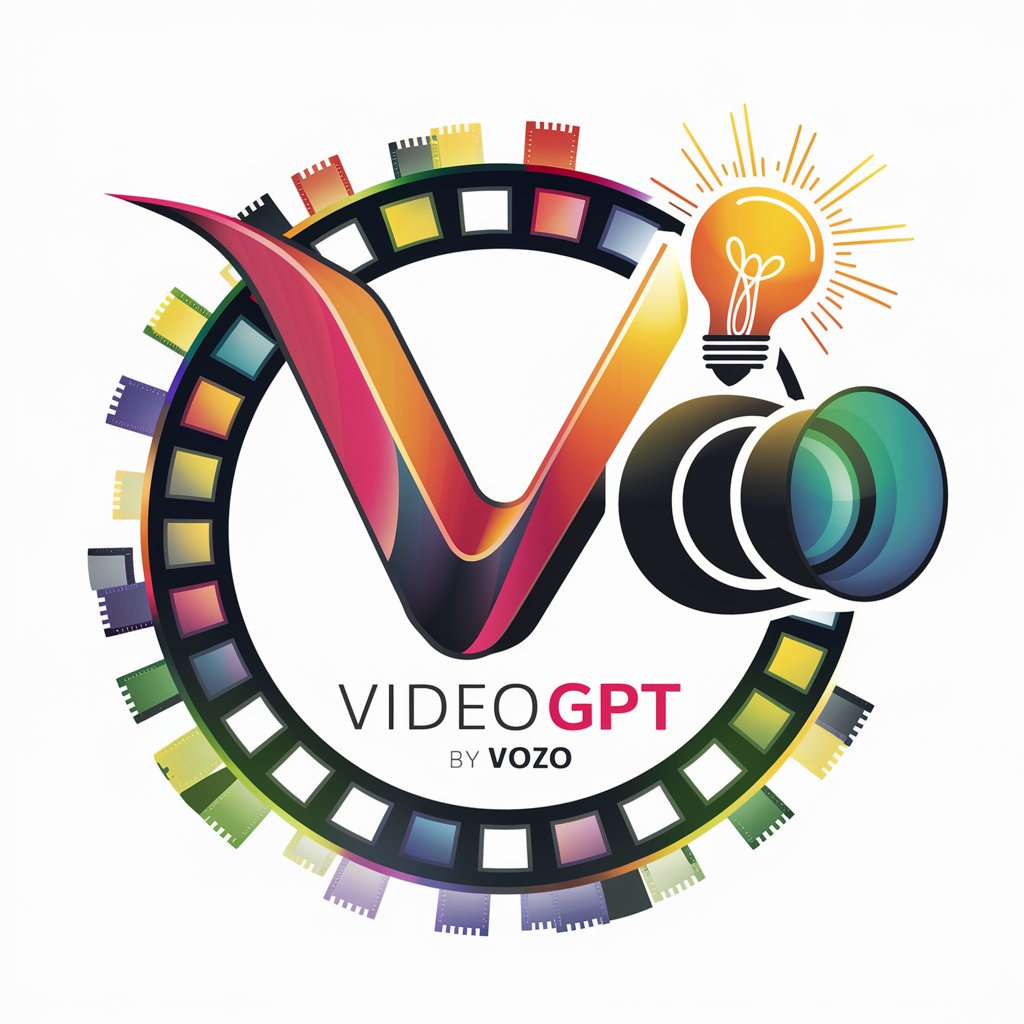
VideoGPT
Summarize. Learn. Engage.
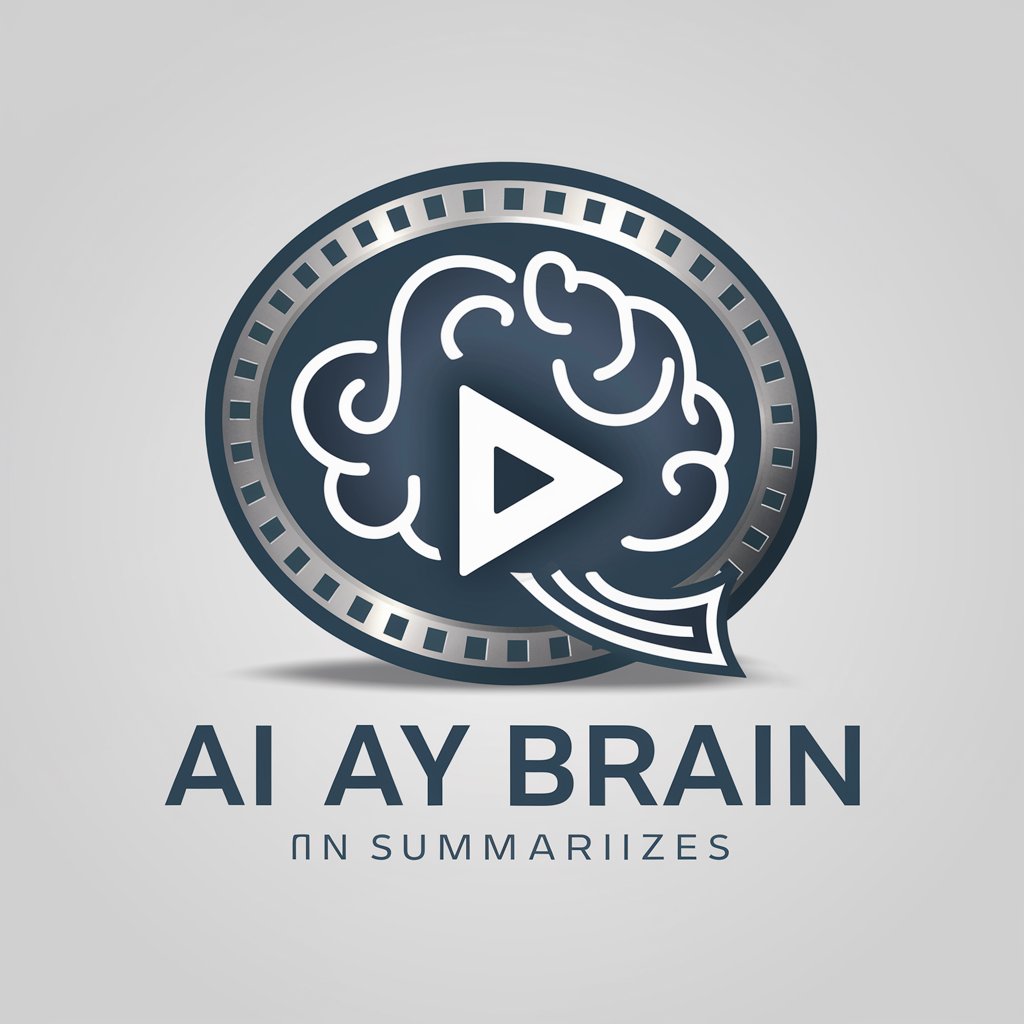
CreateIn AI Video Story (VideoGPT, AI movie film)
Transform stories into videos effortlessly.

Frequently Asked Questions About Writing Assistant
Can Writing Assistant help with academic research papers?
Yes, Writing Assistant can aid in the drafting of academic research papers by generating structured outlines, providing suggestions for thesis statements, and helping with citations and references.
Is it possible to use Writing Assistant for creative writing projects?
Absolutely. Writing Assistant can stimulate creativity by offering plot ideas, character development assistance, and even helping overcome writer's block with inspiring prompts and suggestions.
How does Writing Assistant ensure the originality of the content it generates?
Writing Assistant is designed to produce unique content based on the input prompts. However, users are encouraged to use plagiarism checkers to ensure the originality of their final drafts.
Can I use Writing Assistant for professional emails and business communications?
Yes, the tool is equipped to assist with professional communication by providing templates for emails, reports, and business proposals, tailored to your specific needs.
Does Writing Assistant offer editing and proofreading services?
While Writing Assistant primarily focuses on content generation, it can suggest improvements in grammar, punctuation, and style, thus aiding in the editing and proofreading process.
